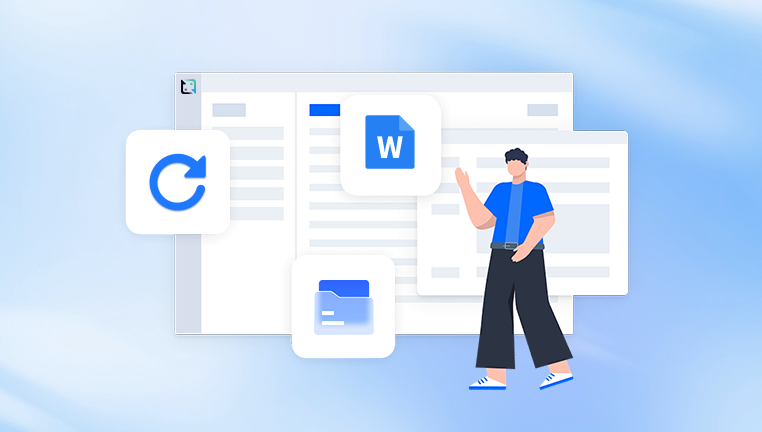When dealing with video files from a camcorder, especially if you’re trying to free up space or organize your footage, you should be cautious about what you discard.
1. Thumbnail Files
File Extensions: .THM, .JPG
Description: These files are often small images that serve as thumbnails for your videos. They are not necessary for playback or editing and can be deleted if you’re confident you’ll no longer need them.
2. Index or Database Files
File Extensions: .IDX, .MPL, .BUP, .MBD
Description: These files are usually created by the camcorder to manage and organize video files. If you’re done editing and don’t plan to use the camcorder’s built-in software, these can be discarded. However, deleting them might affect how the camcorder or specific software reads the video files.

3. Backup Files
File Extensions: .BAK, .BUP
Description: These files are backup copies of index or database files. If the main files are intact, you can remove these backups.
4. Empty or Placeholder Files
File Extensions: .DAT, .XML
Description: Some camcorders create placeholder or metadata files that are necessary only for specific operations or software. They are often very small and may not be needed once the video is transferred and backed up elsewhere.
5. Unnecessary Project Files
File Extensions: .PRV, .SCR, .CPI, .MPL, .MODD
Description: These files are used by video editing software to store information about your editing projects. If you have finished your editing work and exported your final video, you can safely delete these files.
6. Temporary Files
File Extensions: .TMP, .TEMP
Description: Temporary files are created during the recording or editing process. They can be discarded once your final video files are saved and backed up.
7. Log Files
File Extensions: .LOG
Description: Log files record information about the video recording process or errors that occurred. These are typically not needed after the video files have been transferred and reviewed.
Detailed Explanation:
When managing a camcorder video folder, you’ll come across a variety of file types. Each has its own purpose, but not all are necessary to keep, especially if you are not planning to edit or review the footage on the camcorder again.
Thumbnail Files: These files are purely for visual reference within the camcorder or certain video management software. While useful for quickly browsing through files, they do not contain any essential data related to the video footage itself.
Index or Database Files: These files are crucial while using the camcorder’s internal software for organizing and accessing videos. However, if you’ve transferred the footage to a computer and don’t need to maintain the camcorder’s internal structure, these files become redundant.
Backup Files: Backup files are often created to prevent data loss in case the primary file becomes corrupted. However, if you have safely transferred and verified your video footage, these backup files can be safely deleted to free up space.
Empty or Placeholder Files: Metadata or placeholder files are often created to store additional information about the video file, such as timecodes or camera settings. While these might be helpful during the editing process or for certain software, they are not necessary for the playback of the video file itself.
Unnecessary Project Files: When you use video editing software, it generates various support files to help with the editing process. These files are essential during the editing phase but are often large and can be deleted once you’ve finished your project and exported the final video.
Temporary Files: These are created during recording or editing and are meant to be temporary. Their purpose is to assist in the creation or modification of the video files, but once the process is complete, they serve no further purpose and can be discarded.
Log Files: These files record the process of video capture or conversion and are useful only if you need to troubleshoot issues. If the video files are functioning correctly, log files can usually be deleted without consequence.
Final Advice:
Before deleting any files, it’s a good idea to:
Back up your entire video folder to an external drive or cloud storage.
Review the contents to ensure you’re not discarding something you might need later.
If you’re unsure about a specific file type, a quick search based on the file extension can provide more clarity on its purpose.
Organizing and managing your camcorder files effectively can save space and keep your footage well-organized, ensuring you maintain only what’s necessary.
About us and this blog
Panda Assistant is built on the latest data recovery algorithms, ensuring that no file is too damaged, too lost, or too corrupted to be recovered.
Request a free quote
We believe that data recovery shouldn’t be a daunting task. That’s why we’ve designed Panda Assistant to be as easy to use as it is powerful. With a few clicks, you can initiate a scan, preview recoverable files, and restore your data all within a matter of minutes.
Subscribe to our newsletter!
More from our blog
See all postsRecent Posts
- How to recover lost files on flash drive? 2024-12-26
- What can messed up flash drive cybersecurity? 2024-12-26
- My flash drive isn’t working on adaptor mac 2024-12-26










